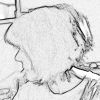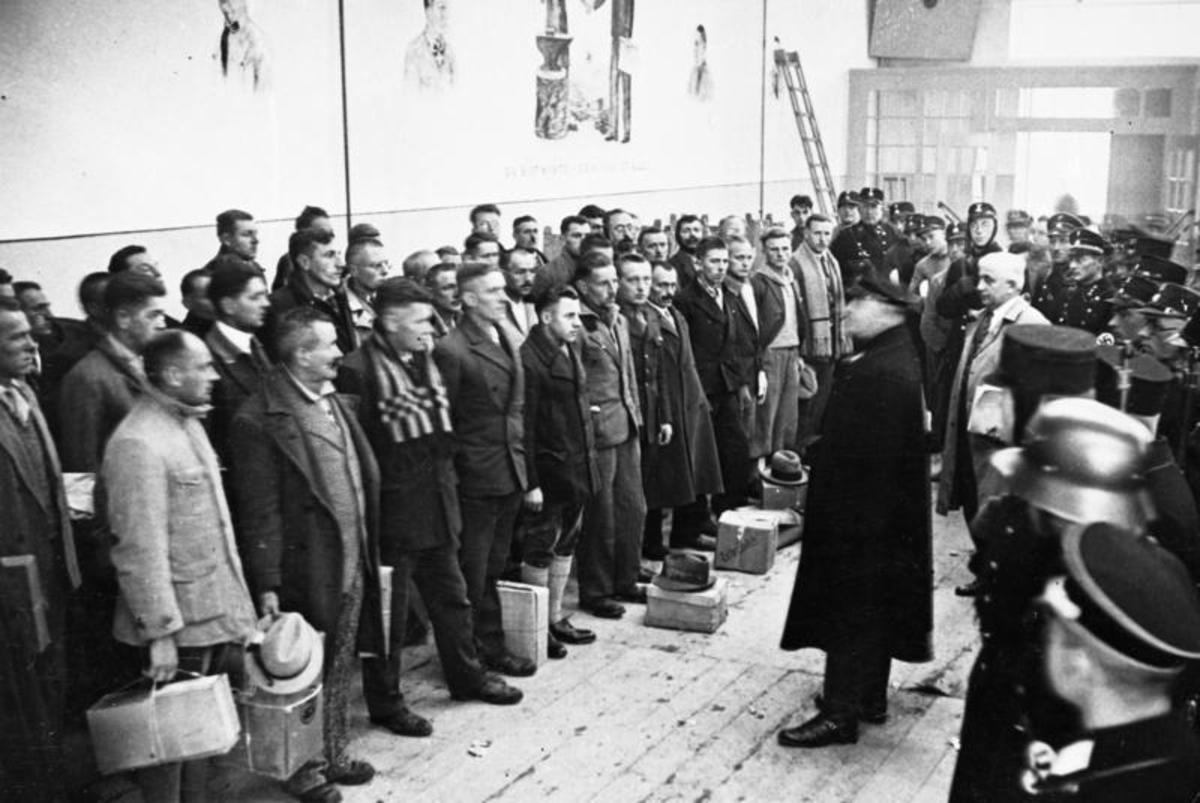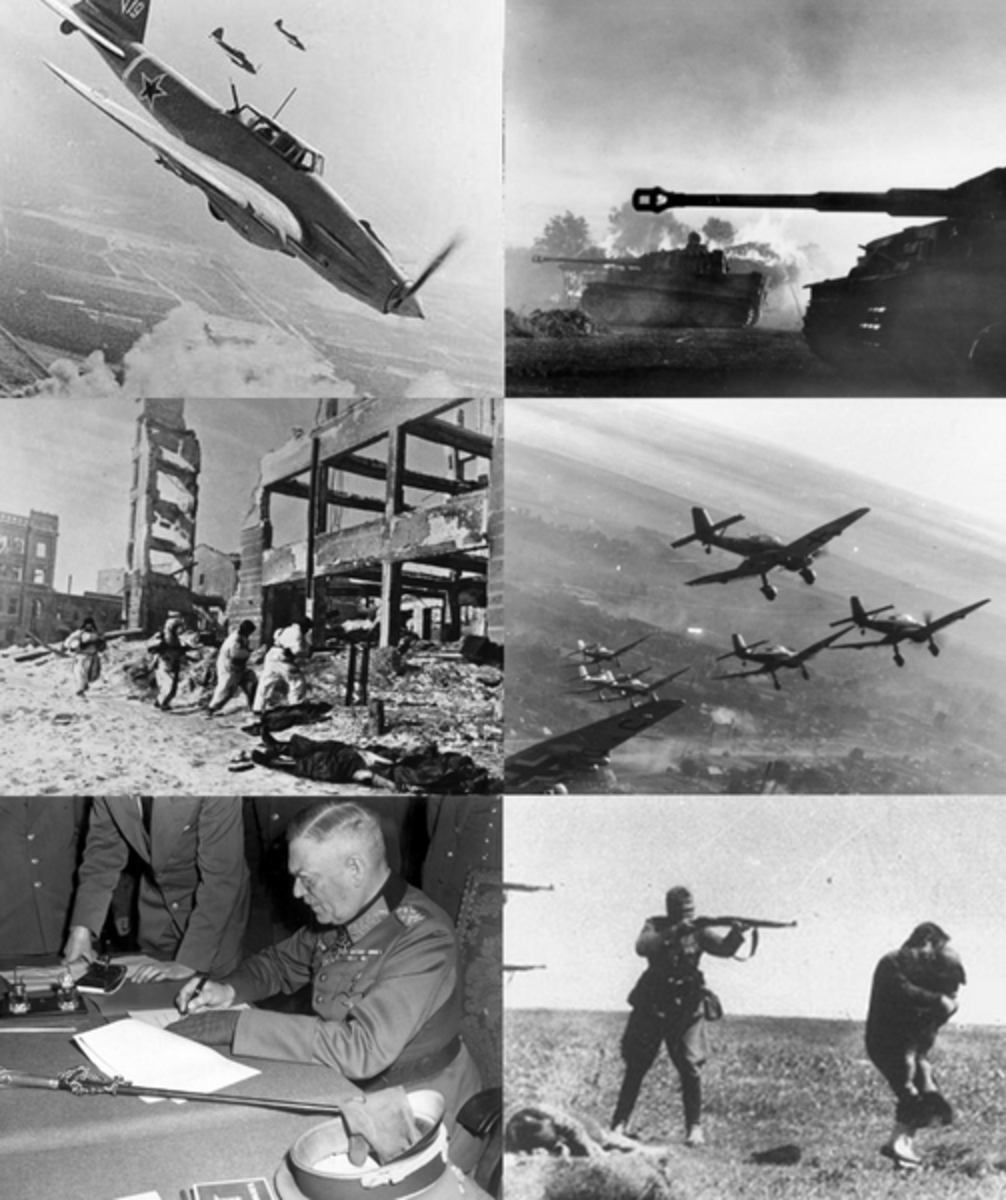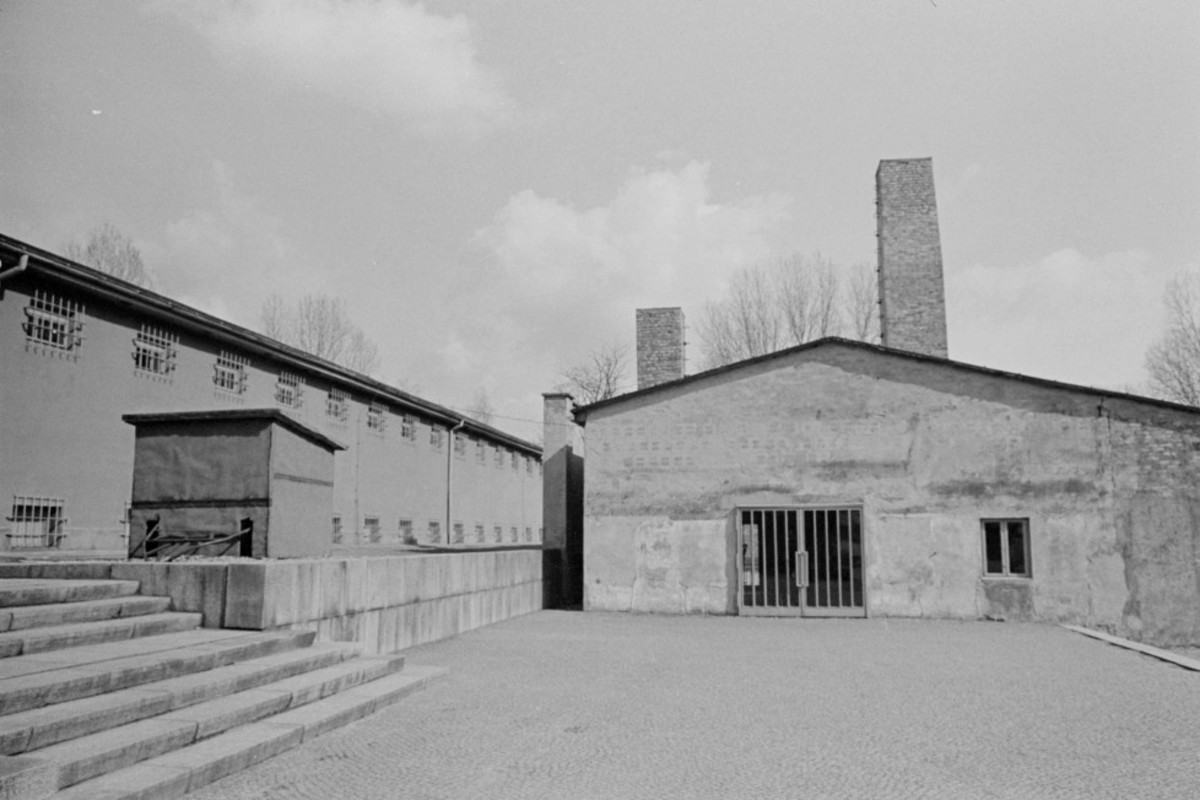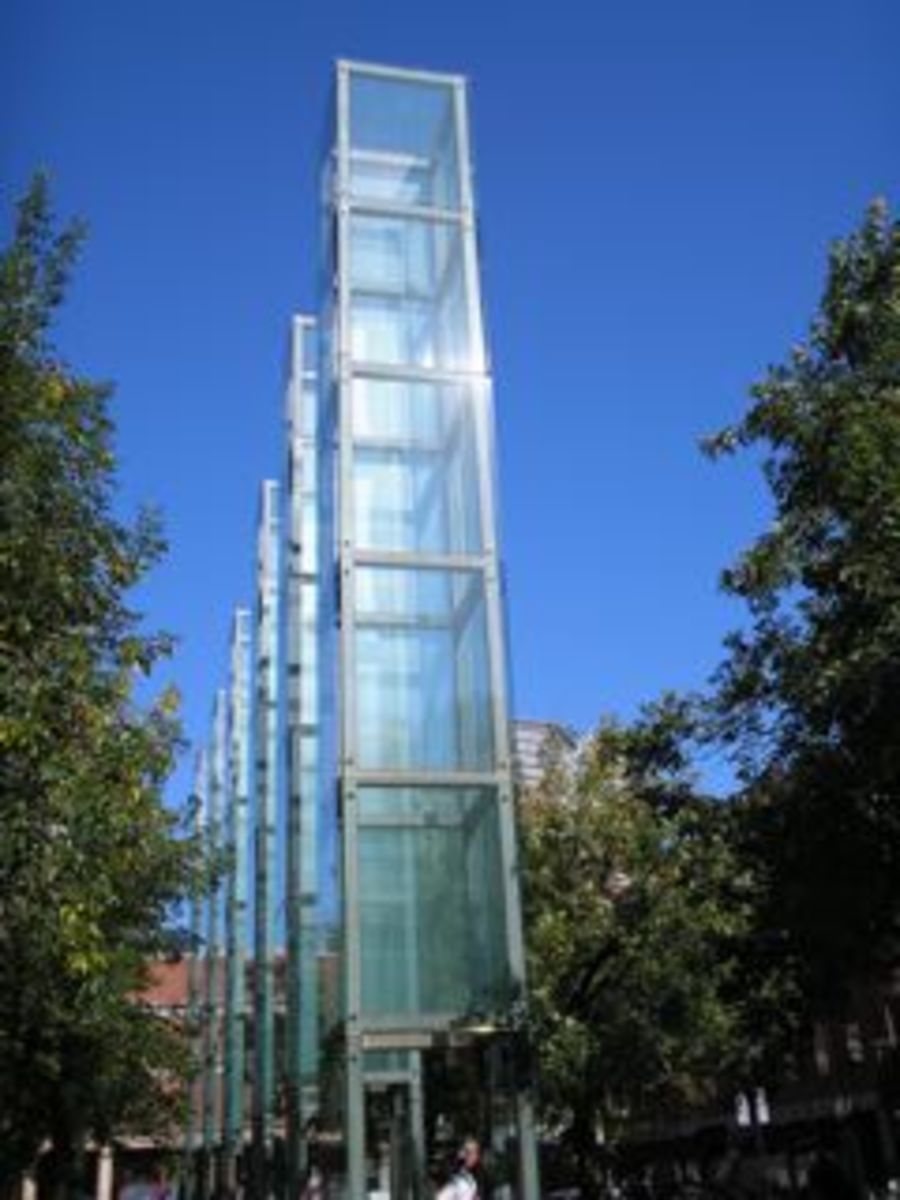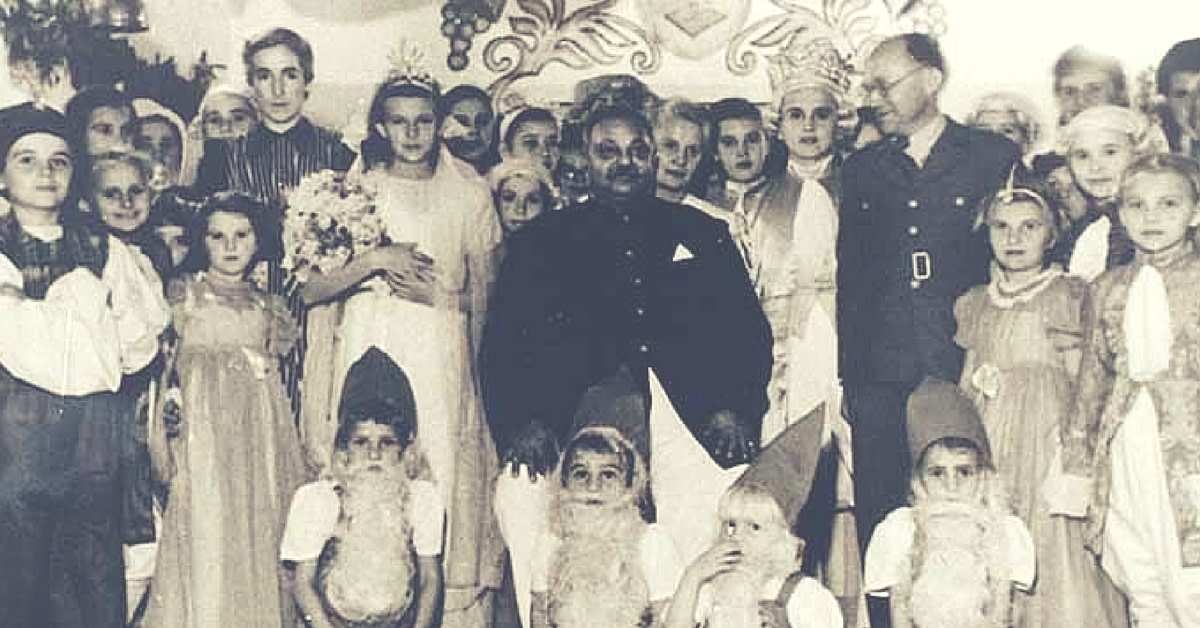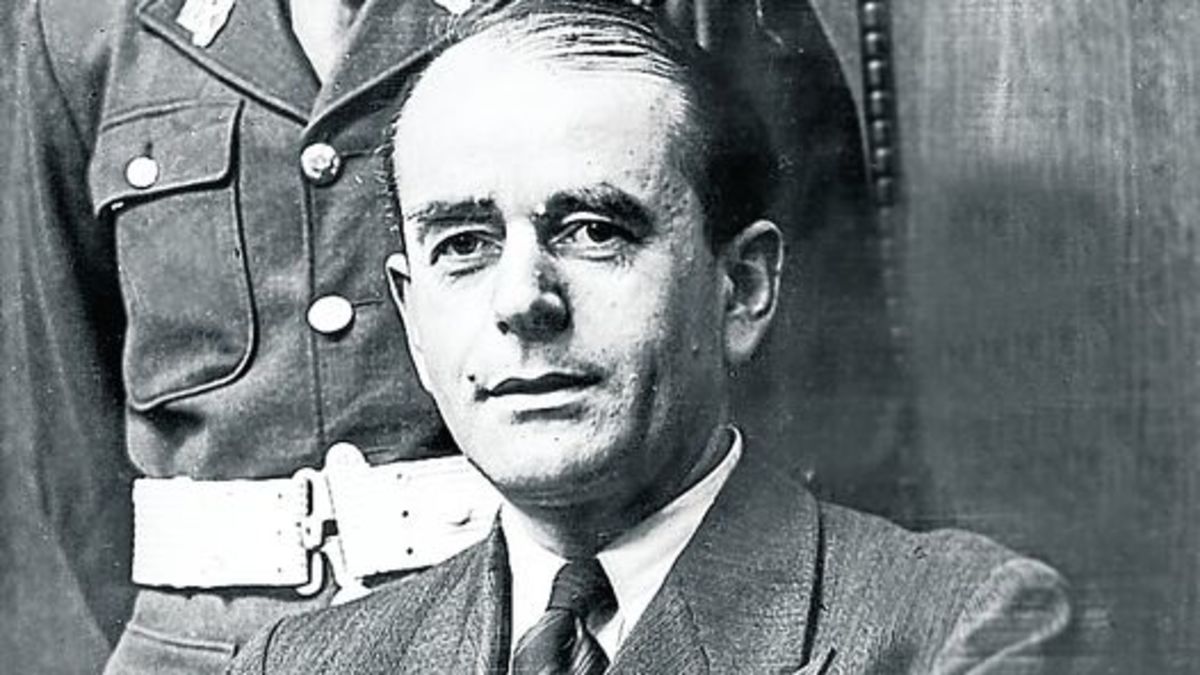- HubPages»
- Education and Science»
- History & Archaeology»
- History of the Modern Era»
- Twentieth Century History»
- World War II
Terezin Concentration Camp: Underground Art Survives at Beit Theresienstadt Museum
Theresienstadt Camp Art
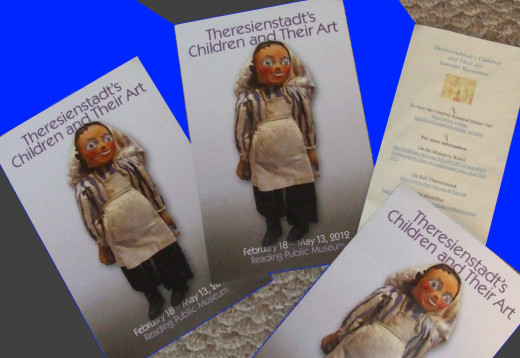
Holocaust Concentration Camps
During World War II, Germany practiced discrimination against and genocide of Jews in all the European territories it controlled. The killing was accomplished on a small scale by its military and secret police, but occurred most efficiently and systematically at "concentration camps." These were compounds for holding political prisoners (which all Jews were) working the able-bodied until they became worn out and useless. The camps were also the place at which the very young, the old, the ill, and the unfit (Roma, intellectually disabled, and non-heterosexuals) were immediately killed.
In order to prevent world outrage and possible additional alliances among its enemies, Germany endeavored to keep these mass murders secret. This led to the perverse development of a "kinder, gentler" showcase camp.
Concentration Camp Terezin (Theresienstadt)
The site of the hideous Nazi appropriation of a fortress in the Czech Republic.
The Nazis' Charade
The city of Terezin, north of Prague, served as the location for the simulated happy camp. Hitler transported Jews from Czech lands and eight other countries to this city-fortress. In hopes of staving off objections from the rest of the world, prominent Jewish musicians, writers, visual artists, leaders and rabbis were kept there, at least temporarily. Probably, the entire Jewish membership of the Berlin Symphony was sequestered at Terezin.
The purpose for creating the Terezin Camp was to gather an impressive collection of Jewish achievers and have them create a mythical environment to be shown, if needed, to humanitarian inspectors or observers, such as the International Red Cross. The effort even had a title: "Verschoenerungsaktion" meaning "beautification." However, all musical offerings, paintings, and products were carefully controlled by the Nazis.
“The Red Cross was allowed to visit Terezin once. The village of Terezin was spruced up for the occasion. Certain inmates were dressed up and told to stand at strategic places along the specially designated route through Terezin. Shop windows along that carefully guarded path were filled with goods for the day. One young mother remembers seeing the bakery window and shelves suddenly filled with baked goods the inmates had never seen during their time at Terezin. Even the candy shop window overflowed with bon bons creating a fantastic illusion she would never forget.
“When the Red Cross representative appeared before this young mother, she remembers being asked how it was to live in Terezin during those days. Her reply implored the questioner to look around. Be sure and look around, as she herself rolled her own widely opened eyes around in an exaggerated manner. The Red Cross reported dryly that while war time conditions made all life difficult, life at Terezin was acceptable given all of the pressures. The Red Cross concluded that the Jews were being treated all right.”
From: http://www.jewishvirtuallibrary.org/jsource/Holocaust/terezin.html
Stories so that we may never forget
Layers of Duplicity
The farcical, mythical "dream refuge" camp Terezin was undoubtedly better than every other Nazi concentration camp. Nonetheless, in holding over 55,000 prisoners in an ill-equipped area, the inmates experienced rampant starvation and disease. Thousands died of malnutrition and exposure. Also, “selection” to be transported to Auschwitz-Birkenau or Treblinka death camps occurred weekly. Thus, one’s life could go from horrific to absolute hell.
The Terezin Concentration Camp facilities included a star-shaped thick-walled prison. Among the prisoners were any Jewish creators caught stealing paper and other supplies. The Jews risked this in order to secretly produce visual and performing art, and writings that recorded the real daily life in Terezin.
Musicians created a censored operetta reflecting Herr Hitler’s empire and saved it. Artists and camp school teachers also stole materials so the children could surreptitiously create their works of art. Six thousand drawings, diaries, and games were hidden and later successfully retrieved.
Hidden Art and Artifacts Are Important
Any source material
Art of Terezin Concentration Camp Tours the World
Following is a partial list of what has been saved and can be seen in exhibits:
- Brundibar or the Bumble Bee, a children’s operetta and a number of chamber compositions
- Emporer of Atlantis, an opera created in the ghetto by Viktor Ullmann and Peter Kien. The Nazis forbade the opera in the ghetto - the metaphorical story of the omnipotent emperor, who failed in war because death was on strike, was too obviously a commentary on Hitler.
- a game of "Monopoly" made by the brothers Micha and Dan Glass (chilling – properties are the frightful places in the camp)
- dolls of a ghetto policeman and of a nurse, sewn in the ghetto
- the puppet of a clown, created by Jan Klein, aged 14
- the illustrated children's newspaper "Kamarad" from ghetto Terezin (it includes a color comic strip about a race car driver)
- a miniature pack of homemade cards
- a teddy bear made of sack cloth
Some of the works of art are accompanied by touching narrations by the survivors.
Beit Theresienstadt (Beit Terezin)
Activities of Beit Theresienstadt (Beit Terezin):
...It acts as a bridge connecting the victims, survivors and future generations and houses a unique collection of art work created in the ghetto, where cultural activity was the key to keeping one's dignity in spite of the inhuman conditions...
Fighting Genocide
So far, humans have not abandoned the illogical crime of genocide. The ills of the world are many. However, by remembering a story vowing to prevent its repetition, one works towards a higher good.
This content is accurate and true to the best of the author’s knowledge and is not meant to substitute for formal and individualized advice from a qualified professional.
© 2012 Maren Elizabeth Morgan
